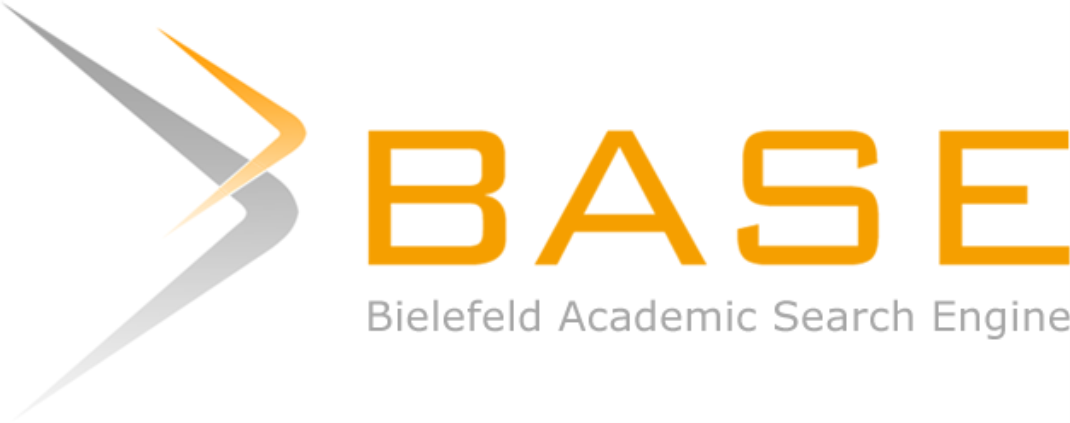Analisis Rejected Produk Dalam Proses Return Di PT. Gunawan Fajar Menggunakan Metode FMEA
DOI:
https://doi.org/10.30737/jurmatis.v2i1.863Keywords:
FMEA, Detection, Occurrence, RPN, SeverityAbstract
Business is an activity carried out by individuals or organizations that involve production, marketing, or service activities intending to make a profit or profit. In business-related activities, product defects will also occur due to human error and faulty production equipment used. Product defects that occur at PT. Gunawan Fajar has product defect codes determined by the company with RPN assumptions from the FMEA method, which is used to find out product defects by identifying and carrying out preventive activities against production failures to errors in raw materials and equipment, including machines used. From the research using this method, the results showed that on average, there were 14.3742 pieces of defects during the study with a total production per month of 44,943,473 sheets, while for RPN 294 ≥200 in number one printing block while for RPN 150 <200 at number one that is, the Weight does not match. From the Pareto diagram that occurs at the highest defect according to the measurement of the Severity, Occurrence and Detection values for PN (Printing Block), BU (Under Weight), KKC (Defective Sack Condition), KR (Renggang Sack) reaches the Risk Number Priority (RPN).
Â
Bisnis merupakan kegiatan yang dilakukan individu maupun organisasi yang melibatkan aktivitas produksi, marketing, atau jasa dengan tujuan mendapat keuntungan atau laba. Dalam kegiatan terkait bisnis, juga akan terjadi kecacatan produk dikarenakan kesalahan faktor manusia, maupun faktor kesalahan peralatan produksi yang digunakan. Kecacatan produk yang terjadi pada PT. Gunawan fajar, memiliki kode- kode cacat produk yang sudah ditentukan oleh perusahaan dengan asumsi – asumsi RPN dari penggunaan metode FMEA, yang digunakan untuk mengetahui kecacatan produk dengan cara mengidentifikasi dan melakukan aktivitas pencegahan terhadap kegagalan produksi dikarenakan kesalahan bahan baku maupun peralatan termasuk mesin yang digunakan. Dari penelitian menggunakan metode tersebut didapat hasil bahwa dimana rata-rata terjadi cacat 14.3742 lembar selama penelitian berlangsung dengan total produksi tiap bulan sebesar 44.943.473 lembar, sedangkan untuk RPN 294 ≥200 pada nomor satu printing ngeblock sedangkan untuk RPN 150 <200 pada nomor satu yaitu berat tidak sesuai. Dari diagram pareto yang terjadi pada cacat tertinggi sesuai dengan pengukuran pada nilai Severity, Occurrence dan Detection untuk PN (Printing ngeblock), BU (Berat Under), KKC (Kondisi Karung Cacat), KR (Karung Renggang) mencapai Risk Number Priority (RPN).
Â
References
Anugrah, N. R., Fitria, L., & Desrianty, A. (n.d.). Usulan Perbaikan Kualitas Produk Menggunakan Metode Fault Tree Analysis ( Fta ) Dan Failure Mode and Effect. 146–157.
Blasco, X., Herrero, J. M., Sanchis, J., & MartÃnez, M. (2008). A new graphical visualization of n-dimensional Pareto front for decision-making in multiobjective optimization. Information Sciences, 178(20), 3908–3924. https://doi.org/10.1016/J.INS.2008.06.010
Dickson. (2015). Quality Control Seven Tools. Retrieved July 31, 2019, from blogger.com website: https://www.produksielektronik.com/pengertian-qc-7-tools-tujuh-alat-pengendalian-kualitas/
DocPlayer. (2015). Delapan Dimesi Kualitas Produk. Retrieved July 5, 2019, from DocpLayer website: https://docplayer.info/36058205-Menurut-garvin-dalam-tjiptono-mengungkapkan-ada-delapan-dimensi-kualitas-produk-yaitu-a-kinerja-performance.html
Eris Kusnadi. (2014). Eris Fishbone Diagram dan Langkah- Langkah Pembuatannya. Teknik Industri Nasional Bandung, 1–10.
Giannakis, M., & Papadopoulos, T. (2016). Supply chain sustainability: A risk management approach. International Journal of Production Economics. https://doi.org/10.1016/j.ijpe.2015.06.032
Hong, S. K., Yang, H. J., Young, J. C., Hong, J. K., & Hak, S. L. (2007). Development of a power facility management system using reliability-centered maintenance. Proceedings of 2008 International Conference on Condition Monitoring and Diagnosis, CMD 2008. https://doi.org/10.1109/CMD.2008.4580362
Iswanto, A., M.Rambe, A. J., & Ginting, E. (2013). Aplikasi Metode Taguchi Analysis Dan Failure Mode And Effect Analysis ( Fmea ) Untuk Perbaikan Kualitas Produk Di PT . XYZ. Departemen Teknik Industri, 2(2), 13–18.
MAYANGSARI, D. F., HARI ADIANTO, & YOANITA YUNIATI. (2015). Usulan Pengendalian Kualitas Produk Isolator Dengan Metode Failure Mode and Effect Analysis (Fmea) Dan Fault Tree Analysis (Fta). Teknik Industri Nasional Bandung, 3(2), 81–91.
Putri, C. F. (1997). Upaya Menurunkan Jumlah Cacat Produk Shuttlecock Dengan Metode Six Sigma. Widya Teknika, 18(2), 14–23. Retrieved from http://publishing-widyagama.ac.id/ejournal-v2/index.php/widyateknika/article/view/47
Rinaldi, E., Utomo, W., & Nauli, F. A. (2015). Hubungan Posisi Kerja Pada Pekerja Industri Batu Bata Dengan Kejadian Low Back Pain. Program Studi Ilmu Keperawatan Universitas Riau, 22(1), 9–18.
Sajaradji, Z., Huda, L. N., & Sinulingga, S. (2019). The Application of Reliability Centered Maintenance (RCM) Methods to Design Maintenance System in Manufacturing (Journal Review). IOP Conference Series: Materials Science and Engineering, 505(1). https://doi.org/10.1088/1757-899X/505/1/012058
Sitesgoogle. (2016). Kelola Kualitas. Retrieved from sites.google website: https://sites.google.com/site/kelolakualitas/Diagram-Pareto
Windarti, T. (2014). Pengendalian Kualitas Untuk Meminimasi Produk Cacat Pada Proses Produksi Besi Beton. J@Ti Undip : Jurnal Teknik Industri, 9(3), 173–180. https://doi.org/10.12777/jati.9.3.173-180
Downloads
Published
How to Cite
Issue
Section
License
Authors who publish with this journal agree to the following terms:
(1) The copyright of published articles will be transferred to the journal as the publisher of the manuscript. Therefore, the author needs to confirm that the copyright has been managed by the publisher with the Publication Right Form which must be attached when submitting the article.
(2) Publisher of JURMATIS is Kadiri University.
(3) The copyright follows Creative Commons Attribution“ShareAlike License (CC BY SA): This license allows to Share copy and redistribute the material in any medium or format, Adapt remix, transform, and build upon the material, for any purpose, even commercially.



















